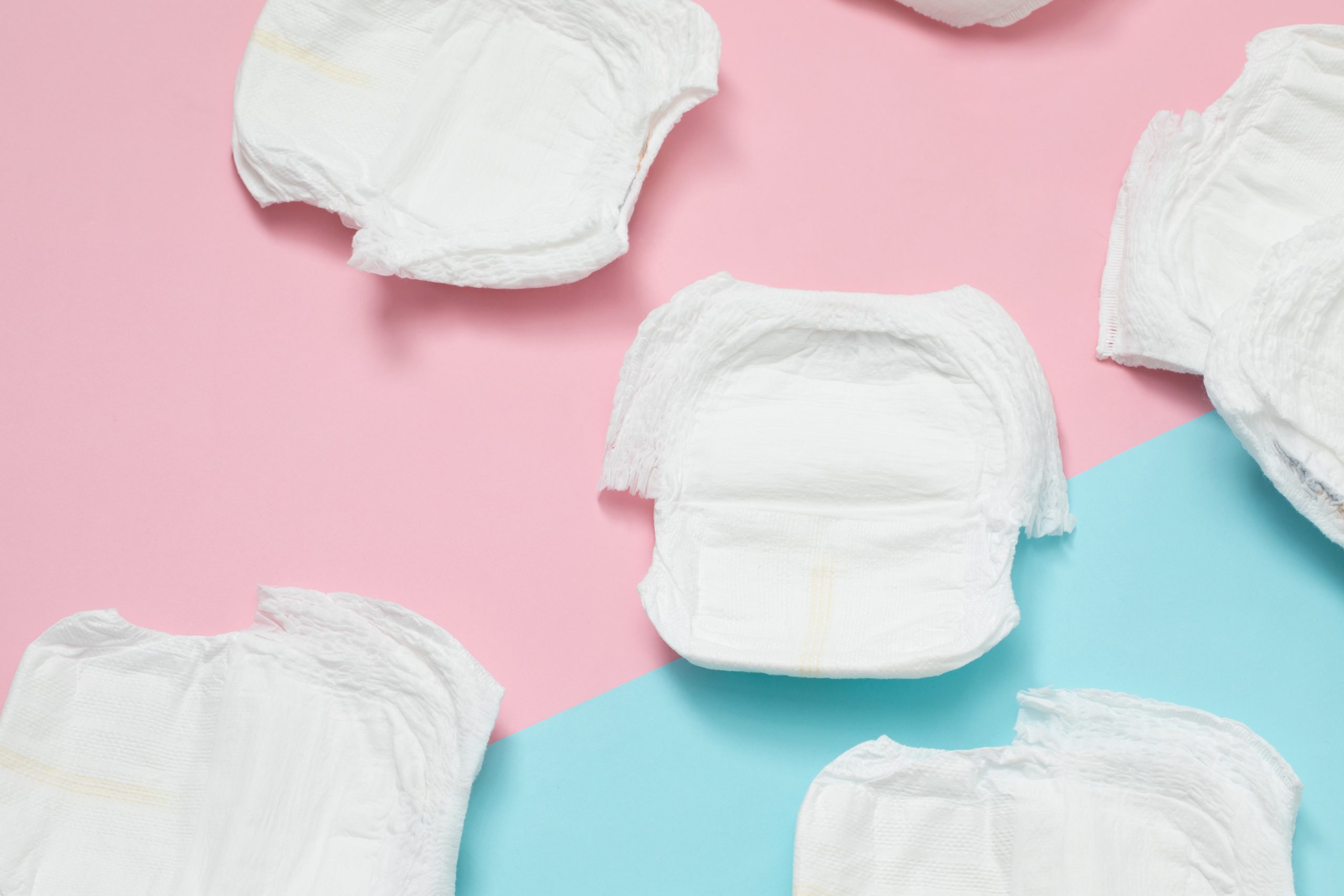In the ever-evolving landscape of medical and sanitary materials, elastic non-woven fabric has emerged as a transformative force, particularly in the realm of single-use diaper production. Among its many applications, one area where this innovative material shines is in the construction of diaper waistbands. Let’s explore how elastic non-woven fabric is revolutionizing the comfort, fit, and performance of single-use diaper waistbands.
Understanding Elastic Non-Woven Fabric
Elastic non-woven fabric is a versatile material crafted through a combination of advanced manufacturing techniques and specialized polymers. Unlike traditional woven fabrics, non-woven fabric is engineered by bonding or intertwining fibers without the need for weaving, resulting in a material that is both flexible and resilient.
The incorporation of elastic polymers during the production process imbues non-woven fabric with stretchability and recovery capabilities, allowing it to conform to the body’s contours while maintaining its structural integrity. These properties make elastic non-woven fabric an ideal choice for applications where flexibility, comfort, and durability are paramount.
The Evolution of Diaper Waistbands
In the past, diaper waistbands were predominantly constructed using conventional materials such as woven elastic or non-stretchable fabrics. While effective to some extent, these materials often lacked the flexibility and adaptability needed to provide a snug and comfortable fit for babies of varying sizes.
Enter elastic non-woven fabric – a game-changer in diaper waistband design. By leveraging the stretchability and resilience of this innovative material, manufacturers can create waistbands that offer a custom fit, gentle elasticity, and enhanced comfort for babies throughout the diapering experience.
Advantages of Elastic Non-Woven Fabric in Diaper Waistbands
1. Customized Fit: Elastic non-woven fabric allows for the creation of waistbands that adapt to the unique shape and size of each baby, ensuring a snug yet gentle fit without constricting or causing discomfort.
2. Freedom of Movement: The inherent stretchability of non-woven fabric enables babies to move freely and comfortably, without feeling restricted by tight or rigid waistbands.
3. Leakage Prevention: A well-fitted waistband is essential for preventing leaks and accidents. Elastic non-woven fabric creates a secure seal around the waist, minimizing the risk of leakage and providing peace of mind for parents.
4. Softness and Comfort: In addition to its stretchability, non-woven fabric is known for its soft texture, which helps prevent chafing and irritation, keeping the baby’s delicate skin comfortable and rash-free.
Sustainability and Environmental Considerations
Beyond its performance benefits, elastic non-woven fabric also offers advantages in terms of sustainability. Many manufacturers prioritize eco-friendly materials and production processes, ensuring that their products have minimal environmental impact.
Additionally, the use of single-use diapers with elastic non-woven fabric waistbands can help reduce water and energy consumption compared to cloth diapers, making them a more sustainable choice for environmentally conscious parents.
Conclusion
Elastic non-woven fabric is reshaping the landscape of single-use diaper design, particularly in the realm of waistband construction. With its unique blend of flexibility, comfort, and performance, this innovative material is setting new standards for diaper fit, functionality, and sustainability.
As manufacturers continue to innovate and refine their products, parents can trust that their babies are receiving the utmost care and comfort, thanks to the advancements made possible by elastic non-woven fabric. In the journey toward creating the perfect diapering experience, the role of this remarkable material cannot be overstated.
Sanitary Materials


